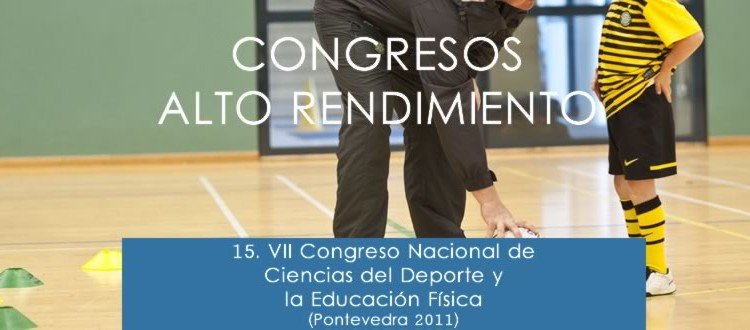Dance as factor of psychomotor development
The main principal objective of this study was to analyze the development of a psychomotor profile through the “application” of a Didactic Unit of Dance. For that purpose, we made on almost experimental study, using pré and post test.
Resume actor of psychomotor development
Introduction: Dance has a matter factor of psychomotor development.
Objectives: The main principal objective of this study was to analyze the development of a psychomotor profile through the “application” of a Didactic Unit of Dance. For that purpose, we made on almost experimental study, using pré and post test.
Methodology: The survey was composed by fifteen students, with age between sixteen and twenty three years old, four female and eleven male. The Didactic Unit had the length of eleven weeks, once per week frequency, with the length of forty-five minutes per session. The instrument used to evaluate the survey was the “Bateria Psicomotora” (Psychomotor Battery) of Victor da Fonseca which included thirty two tasks, we deliver by the seven psychomotor factors. The dependent variables studied were he psychomotor factors of the battery: tonicity, balance, lateralization, global praxis, self/body knowledge and space-time structure.
Results: The results achieved in the comparison between both moments of evaluation, using PASW statistics 18, show statistically significant increases in all the evaluated factors, with more relevance in global praxis, thin praxis and balance.
Conclusion: This study made us conclude that creating a program of teaching dance in the lessons of Physical Education is important, because it contributes, in very meaningful way, to the development psychomotor of youths in these ages.
Bibliografía
Ajuriaguerra, J. (1974). Manuel de Psychiatrie chez l`Énfant, (2.ª ed.). Paris: Masson et Cie.
Andreu H. (2006). Dance, Movement and Nutrition. Bloomington: Author House.
Bernaldo, M.(2006). Manual de psicomotricidad. Barcelona. Piramide.
Bianchi (2000). “Introdução” in Prina e Padovan (2000). A Dança no ensino obrigatório. Lisboa: Serviço de Educação – Fundação Calouste Gulbenkian.
Ferreira V. (2005). Dança escolar, um novo ritmo para a Educação Física. São Paulo: Diversos.
Fonseca, V. (2006). Desenvolvimento Psicomotor e Aprendizagem, Lisboa: Âncora Editora.
Fonseca, V. (1992). Manual de Observação Psicomotora: Significação Psiconeurológica dos Factores Psicomotores. Lisboa: Editorial Notícias.
Fonseca, V. (1976). Terapia Psicomotora – Estudo de Casos. Lisboa: Âncora Editora.
Fonseca, V. (1989). Da Filogênese a Ontogênese da Motricidade. Porto Alegre: Artes Médicas.
Fonseca, V. (1983). Psicomotricidade. (3ª Ed). São Paulo: Martins Fontes.
Geheres A. F. (2008). Corpo – Dança – Educação. Lisboa: Instituto de Piaget.
Luria (1990). Desenvolvimento cognitivo: Seus fundamentos culturais e sociais. São Franscisco: Ícone.
Luria (1969). El cérebro y el psiquismo. Barcelona: Martinez Roca.
Luria (1980). Conciencia y lenguaje. Madrid: Pablo del rio.
Ortega, J. J. (2009). Psicomotricidad. Teoria Y Programación. Madrid: Práxis.
Prina F.C.; Padovan M. (2000), A Dança no ensino obrigatório. Lisboa: Serviços de Educação – Fundação Calouste Gulbenkian.






